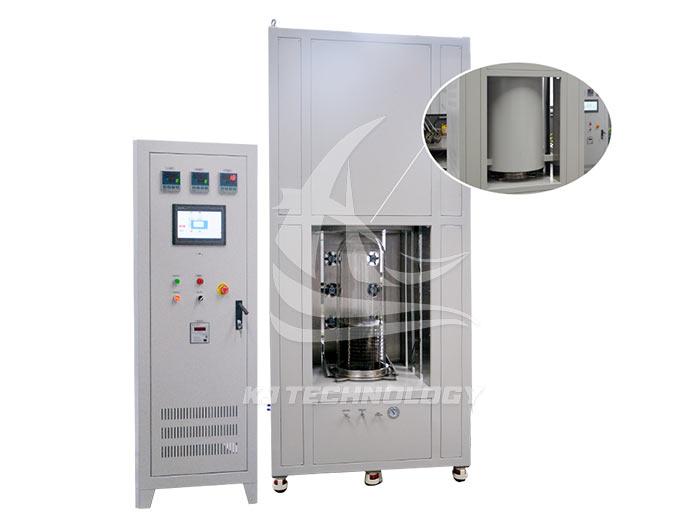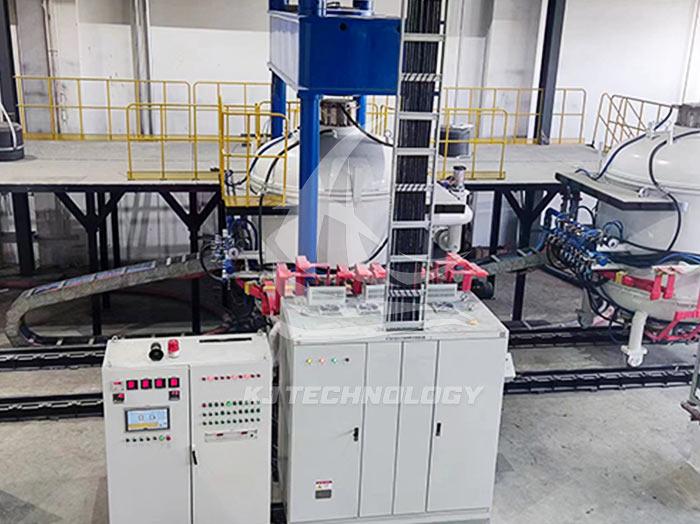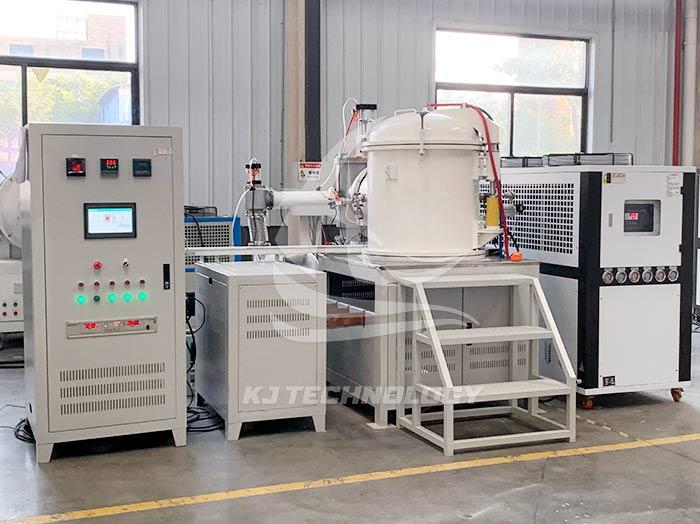What is the typical temperature of a vacuum hot press furnace?
 07-07-2025 Author: KJ technology
07-07-2025 Author: KJ technology
The working temperature range of a vacuum hot press furnace is usually from 2000 ℃ to 2400 ℃, with a maximum of 2400 ℃. The specific temperature upper limit and uniformity requirements vary depending on the equipment model, heating element material, and process requirements.
1. Core temperature parameters
Working temperature range
Conventional range: 2000 ℃ -2300 ℃, suitable for sintering most hard alloys, ceramic materials (such as silicon carbide, silicon nitride), and metal based composite materials.
Extreme temperature: Some high-end equipment can reach 2400 ℃, meeting the sintering needs of ultra-high temperature materials such as boron carbide.
Temperature uniformity
At a high temperature of 2300 ℃, the temperature uniformity of high-quality equipment can be controlled within ± 10 ℃ to ensure consistency in material properties. For example, a certain model of equipment from Nanjing Weitu Vacuum Technology Co., Ltd. has a temperature uniformity of ≤± 10 ℃ at 2300 ℃, which meets the high-precision process requirements.
Heating and cooling rates
Heating up: The maximum heating rate can reach 100 ℃/min. It is recommended to manually heat up below 200 ℃ to avoid temperature control errors. Infrared automatic control can be used for temperatures between 1000 ℃ and 2000 ℃.
Cooling: Natural cooling by program setting or turning off heating is required. It is strictly forbidden to stop water, otherwise it may damage the sealing ring of the furnace body.
2.The correlation between temperature and heating elements
Low temperature range (normal temperature -1600 ℃)
Heating element: metal molybdenum, silicon molybdenum rod, silicon carbon rod or graphite rod.
Typical applications: Sintering of metal matrix composites and low to medium temperature ceramics.
High temperature range (1600 ℃ -2400 ℃)
Heating element: graphite tube, tungsten metal or induction heating method.
Typical applications: Forming of boron carbide ceramics (sintered at 2150 ℃ for 10 minutes, with a relative density of 91.6%) and refractory metals such as tungsten and molybdenum.
3. The Influence of Temperature on Material Properties
Reduce sintering temperature
Hot pressing sintering can reduce the sintering temperature by about 200 ℃ -400 ℃ by applying external pressure (usually 10 tons to 300 tons). For example, ordinary boron carbide powder can only achieve a relative density of 80% -87% during normal pressure sintering at 2250 ℃ -2300 ℃, while it can reach 91.6% after 10 minutes of hot pressing sintering at 2150 ℃.
Promote densification
Under high temperature, pressure can accelerate gas discharge and reduce porosity. For example, liquid phase sintering plays an important role in hot pressing sintering of silicon carbide ceramics, and the high temperature and high pressure environment significantly improves the density of the material.
Control grain growth
Accurate temperature control can suppress abnormal grain growth. For example, the sintering of nanomaterials requires rapid heating to the target temperature in the low-temperature range and maintaining stable pressure to avoid grain coarsening.
4. Equipment selection suggestions
Determine the upper temperature limit based on material requirements
Sintering of ultra-high temperature materials such as boron carbide requires the selection of 2400 ℃ equipment;
Ceramic materials such as alumina and silicon nitride typically require equipment at temperatures between 2000 ℃ and 2200 ℃.
Pay attention to temperature uniformity and control accuracy
Prioritize equipment with multi-stage temperature control, infrared automatic control, and platinum rhodium thermocouples to ensure temperature fluctuations of ≤± 1 ℃.
Comprehensive evaluation of heating element lifespan
The lifespan of graphite components is about 2000-5000 hours, and replacement costs need to be considered; Metal tungsten components are resistant to high temperatures but have a high cost, making them suitable for long-term high-temperature work scenarios.








